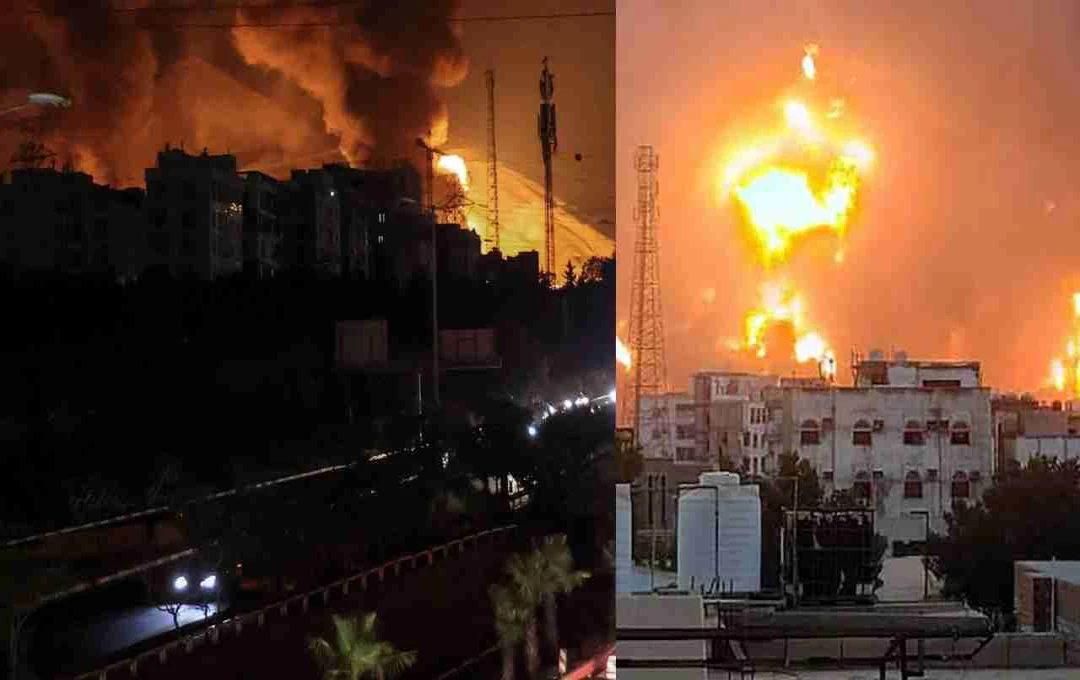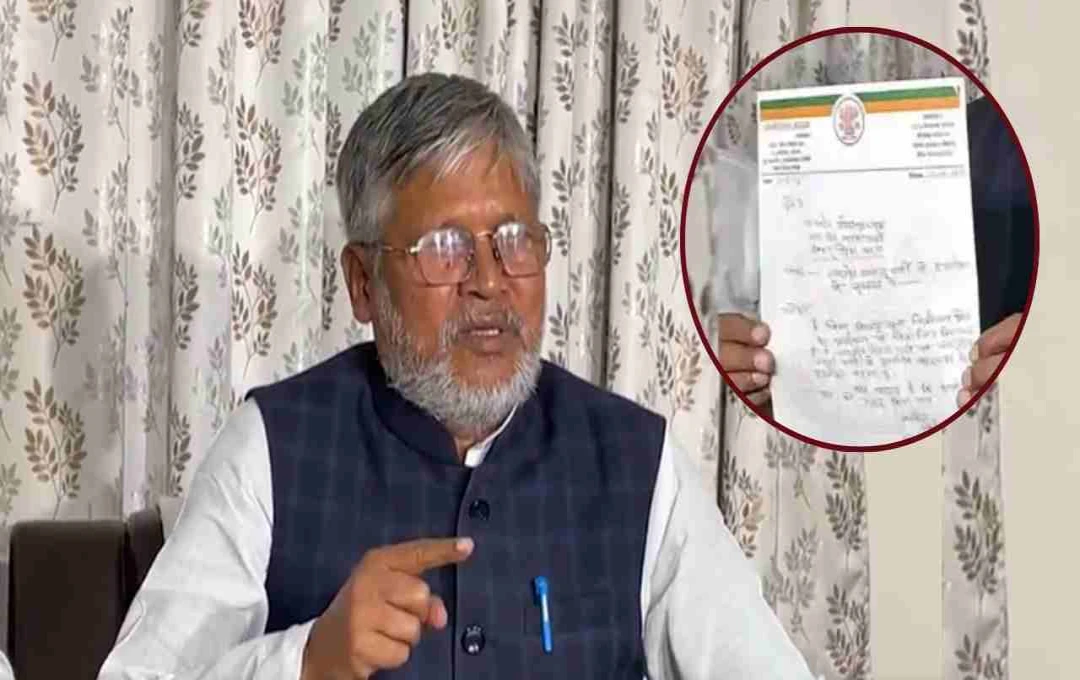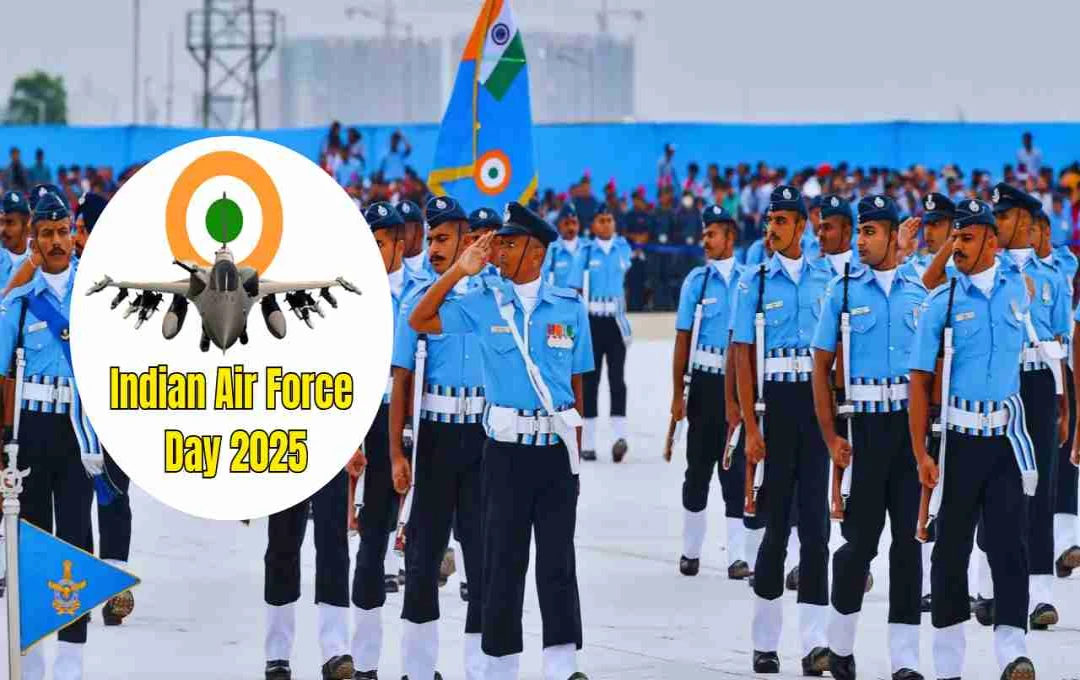Israel conducted air strikes on Iranian-backed Houthi rebel targets in Yemen. From the Al-Hudaydah port to power plants, locations were targeted in response to missile and drone attacks. There is a risk of escalation of the conflict.
Defence News: In response to intensified missile and drone attacks on Israel by Houthi rebels, Israel has launched a b military operation targeting multiple Houthi positions in Yemen. Although the Houthi group possesses several dangerous weapons and drones supplied by Iran, they are unable to withstand a military superpower like Israel due to technical limitations and strategic weaknesses. This report details the Houthi weapons, Israeli strategy, and future concerns.
The Beginning of the Attacks: A Barrage of Houthi Missiles and Drones
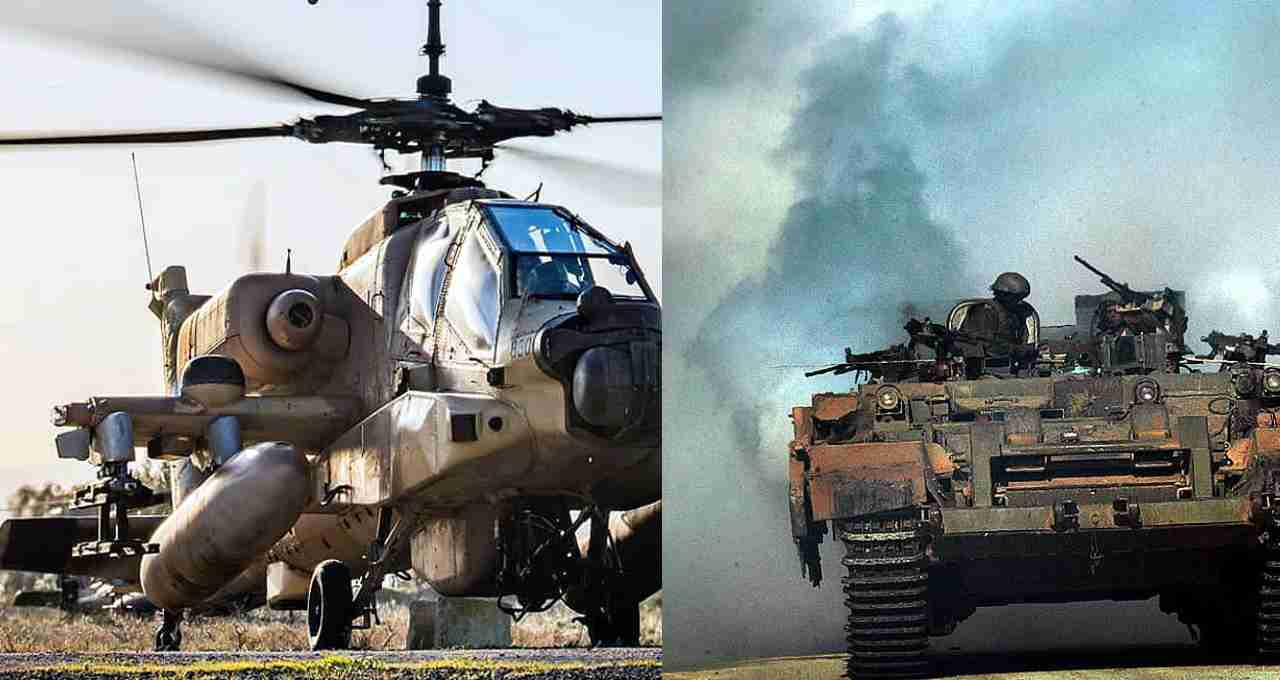
For several months, the Houthi rebels in Yemen have been conducting missile and drone attacks against Israel. These attacks are mostly focused on southern Israel and the areas around the Red Sea. The Houthi group has claimed responsibility for the attacks, stating that they are acting in support of the "people of Gaza." However, Israel claims that these actions are part of Iran's geopolitical strategy.
Houthi Weapons Arsenal: What Missiles and Drones Do They Possess?
Houthi rebels have a variety of missiles, drones, and naval strike systems, most of which are supplied by Iran or based on its technology.
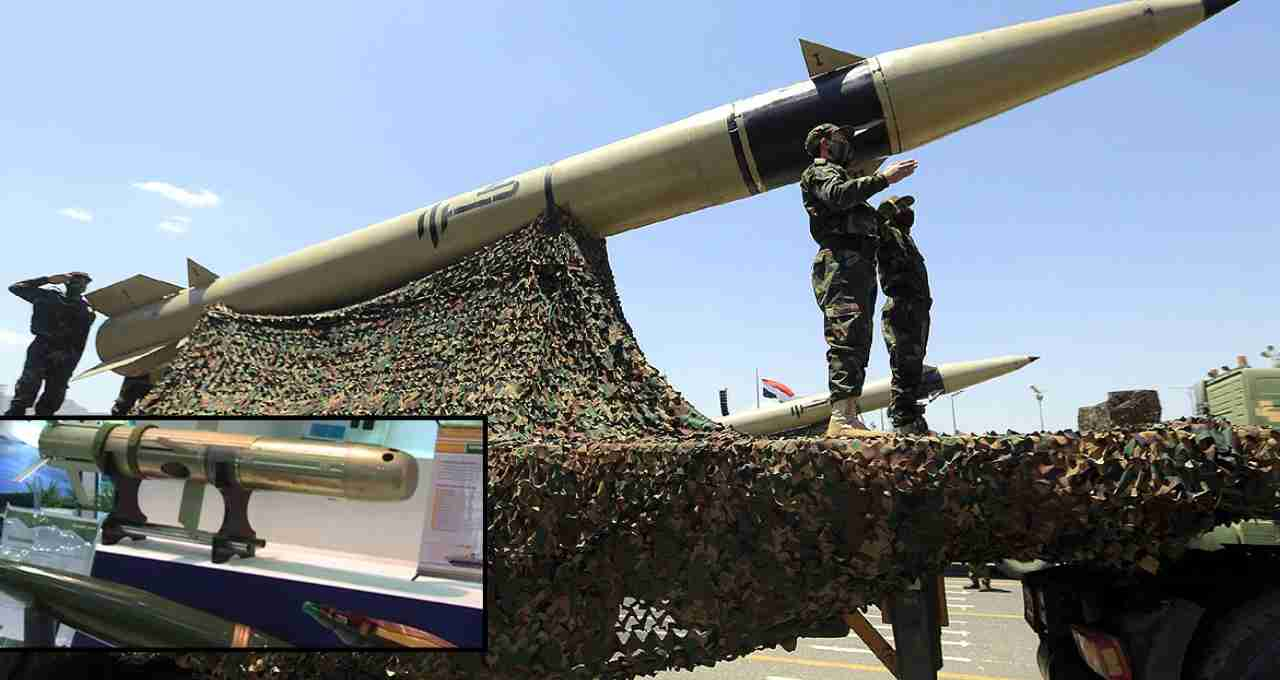
1. Ballistic Missiles:
- Burkan-2H: This is based on the Iranian Shahab-2 missile. It has a range of approximately 800-900 kilometers.
- Zulfiqar: This is a long-range ballistic missile with a range of approximately 1,000 to 1,200 kilometers.
- Toofan Missile: This is a long-range missile capable of reaching Israel, but its accuracy and reliability are questionable.
2. Cruise Missiles:
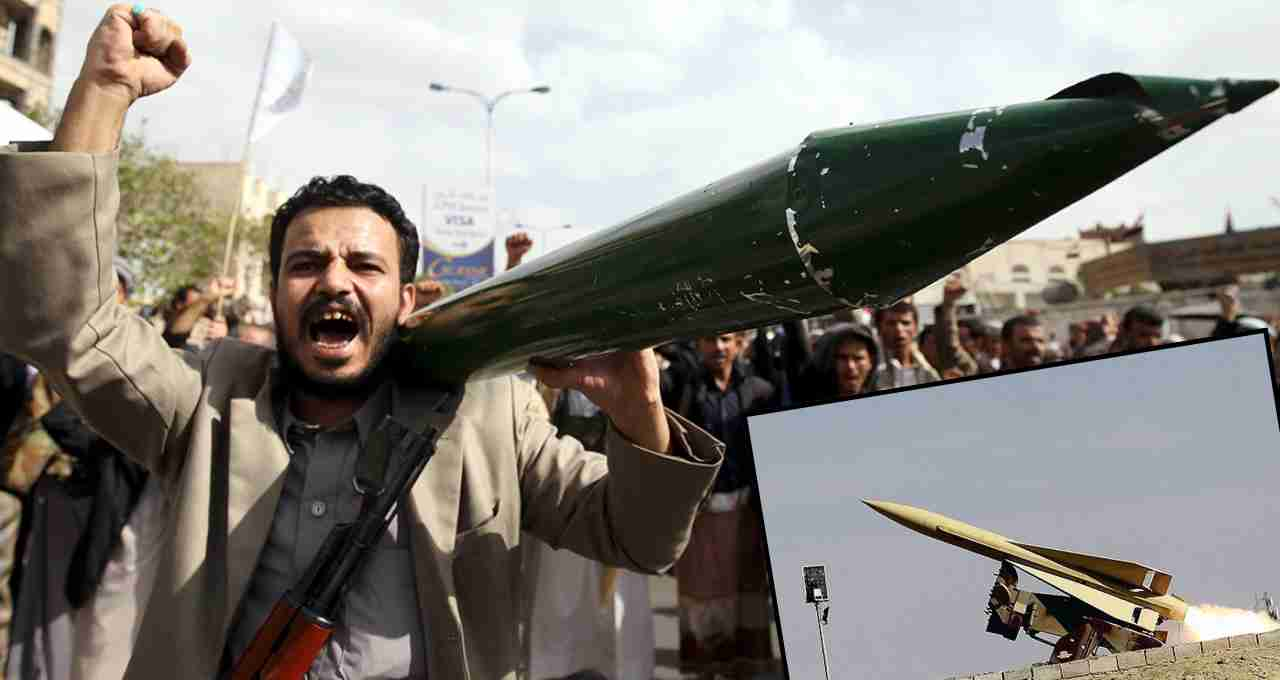
- Quds-1 and Quds-2: These are low-flying missiles used for precision targeting. Based on the Iranian "Soumar" missile.
3. Drones (UAVs):
Waeed: Range of about 2,500 kilometers, capable of long-duration flights, used in suicide missions.
Samad-3: A low-cost, GPS-guided drone that explodes on impact with targets.
Asif and Rashed: Naval drones used to damage Israeli ships.
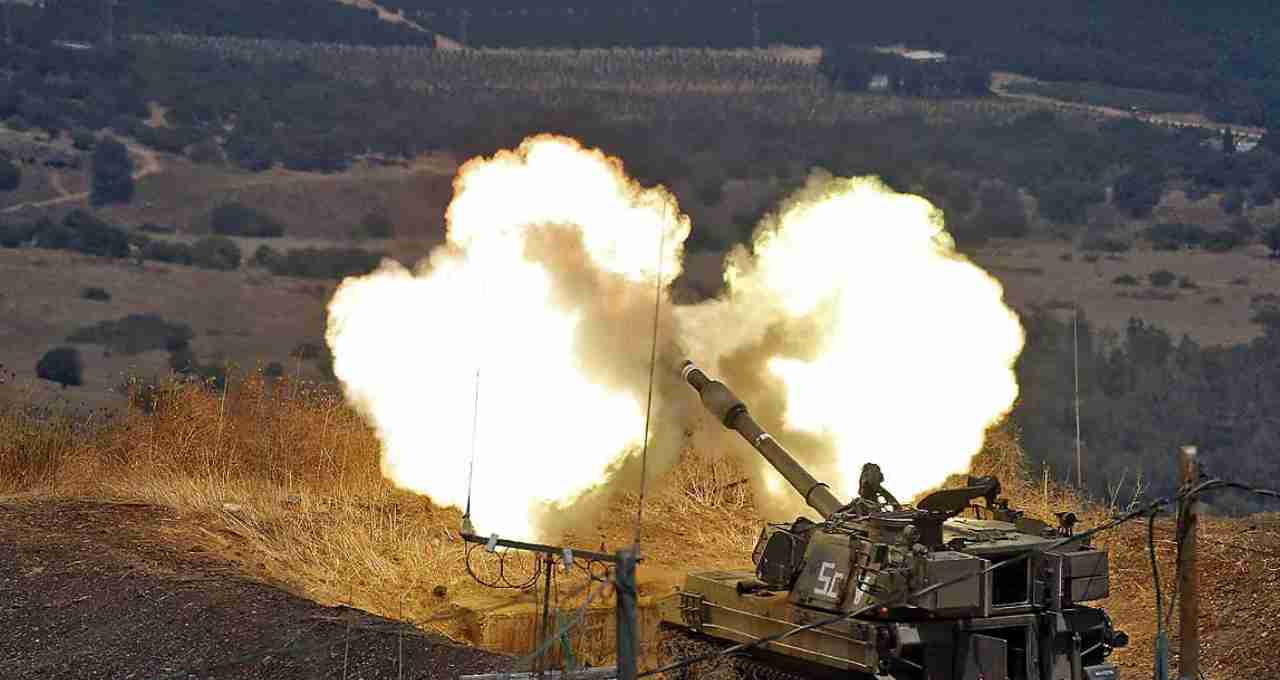
Limitations of Houthi Capabilities: Why Are They Not Causing Significant Damage?
While the Houthi group has a variety of weapons, there are several practical problems in their use:
- The accuracy of their missiles is very poor. Most missiles either fall short of the target or are destroyed by Israeli defense systems.
- Lack of training, problems with technical maintenance, and the unavailability of real-time data make these attacks less effective.
- Houthis still rely on unconventional warfare strategies compared to conventional military forces.
Israel's Retaliation
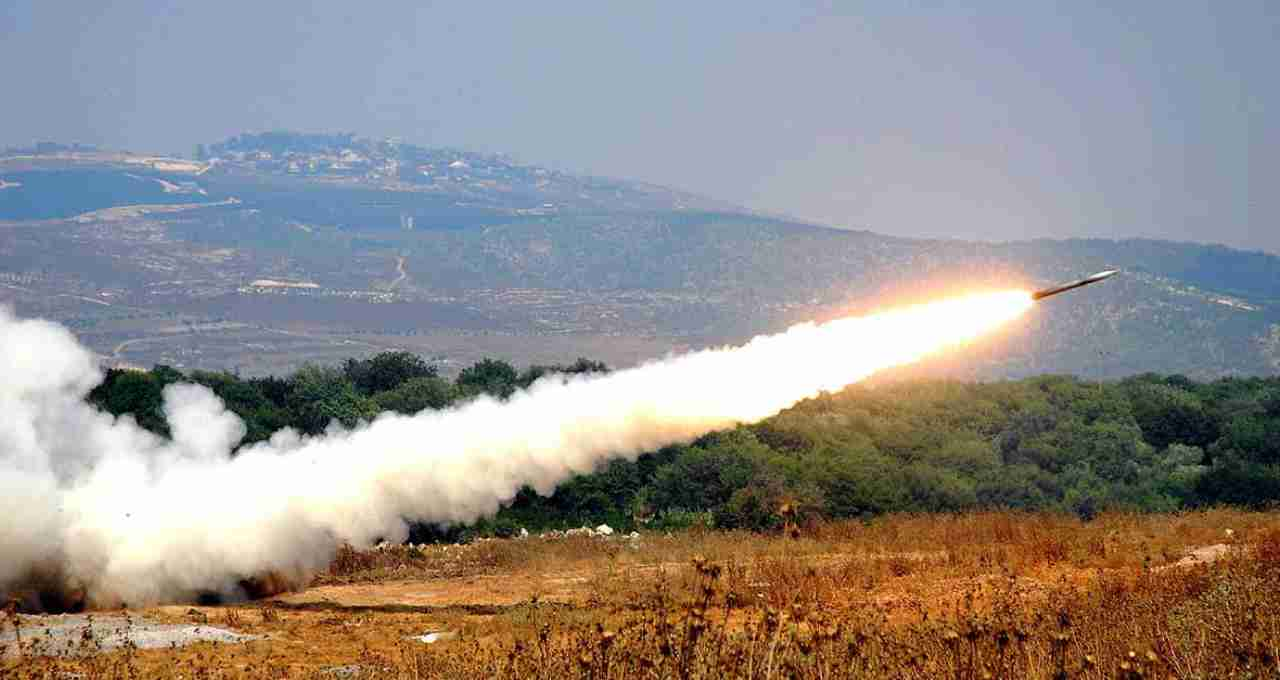
Israel conducted several airstrikes on Houthi positions in Yemen, including the Al-Hudaydah port, the Salif port, and the Ras Issa power plant. These attacks aimed to weaken the Houthi weapons depots and logistics network. The Israeli Air Force has F-35 fighter jets, long-range cruise missiles, and real-time intelligence support.
Israel's Defense System: Strong Layers of Protection, from Iron Dome to Arrow-3

Israel's multilayer defense system enables it to defend itself from attacks like those of the Houthis:
Iron Dome: Destroys short-range rockets in mid-air. Over 90% accuracy.
David's Sling: Defends against medium-range missiles.
Arrow 2 and Arrow 3: Capable of defending against long-range ballistic missiles, neutralizing missiles in the outer atmosphere.
With the support of these systems, Israel has so far avoided major damage from Houthi attacks.
